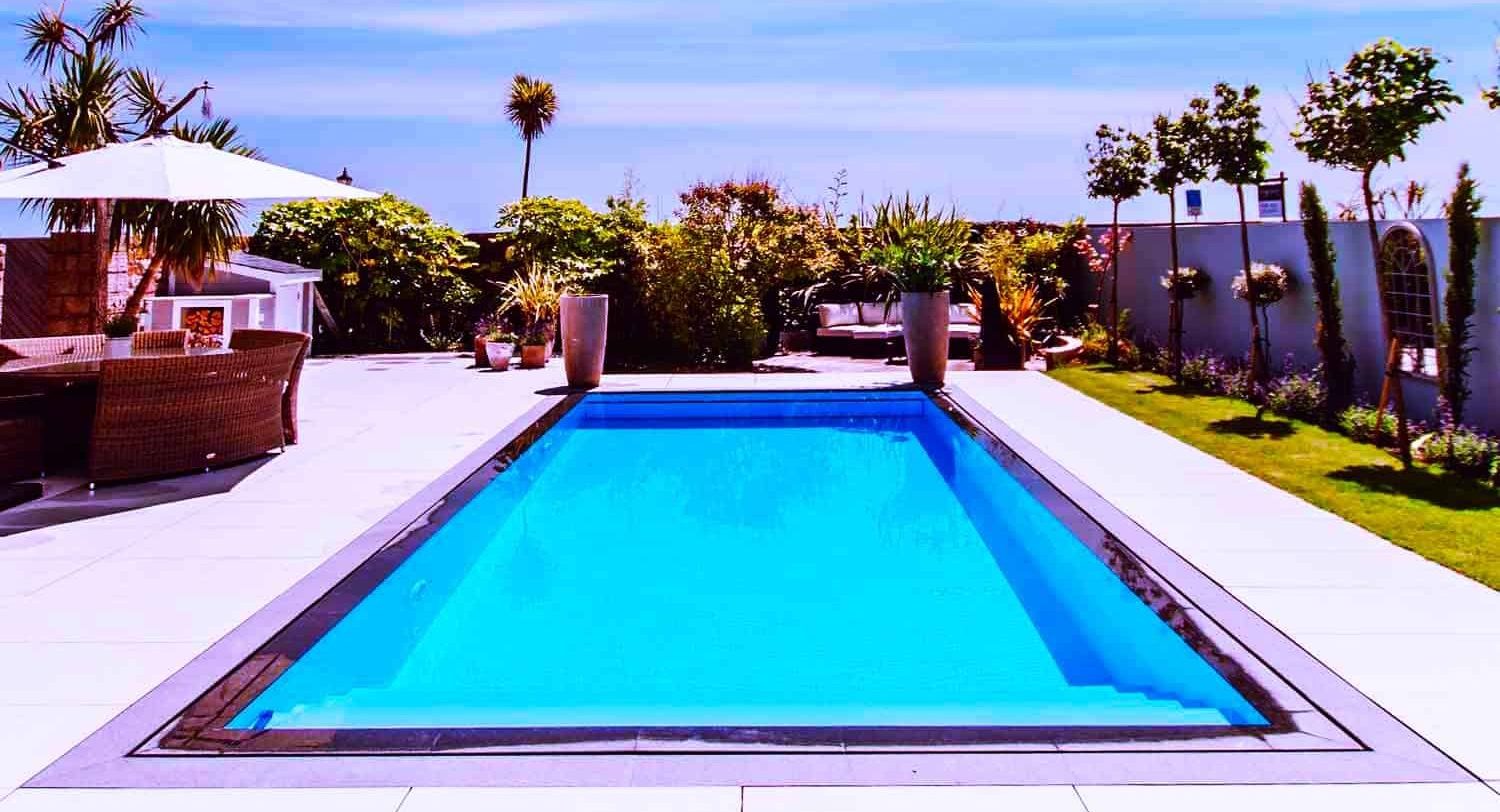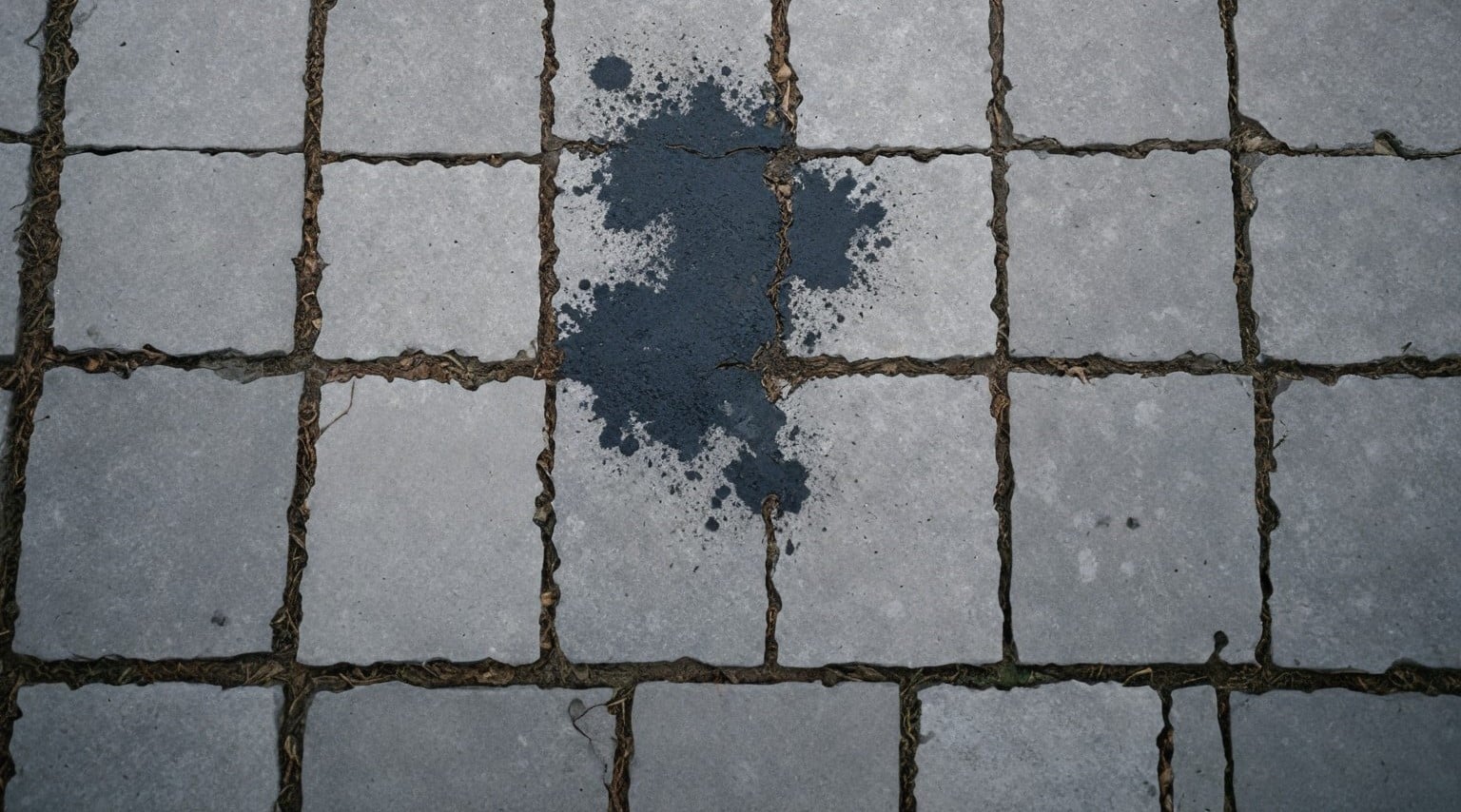Landscaping for small spaces might take a little more forethought and consideration, but it can be done in an efficient and effective way that will have your yard looking bigger than it really is. Dealing with a small landscape is a little tedious for certain yards, and with the right amount of creativity, you can have your backyard appearing more aesthetically appealing, being more functional, and much more enjoyable to hang out in.
Too many people give up landscaping for small spaces for a boring backyard that doesn’t have you wanting to go outside as much as you should be. There are a number of small garden landscapes and compact landscaping ideas that can have your yard looking more pleasing.
- Inspect how much room you have to work within your yard
- Figure out what type of circulation you’re dealing with
- Plan what areas will be for hanging out and relaxing
- Think about the structural materials you’ll be using
- Think about what type of plants you’re going to be getting
Landscaping in small spaces requires a little more creativity and thought, but a small and compact space can be very functional and aesthetically appealing. The key to landscaping in smaller areas is how you’re using the space that you have.
Analyze
Analyzing how much space you have in your yard is one of the first things you need to do to figure out what you have to work with. After you do that, you’ll be able to formulate a landscaping plan much more efficiently. Consider the type of land that you have around your home. Is it wet land? Is it dry land? Does it consist of a lot of hills? Is the land rocky? What are some ways that you think you can use the land you have?
Sometimes people make the mistake of going straight to what plants they are going to grow in their backyard. Plants are a crucial part of any landscaping plan, but they aren’t the first thing that needs to be considered. The most important thing you should be thinking about when landscaping in compact spaces is how you’ll be using the land you have. When you don’t have a lot of land, you also don’t have a lot of room for mistakes. With more land, you have a little more breathing room if you make a landscaping mistake.
Circulation
Think about how your land will flow. You’ll want to carefully consider all of the characteristics of the land that surrounds your homes. Good landscapers are able to incorporate their landscaping plan to work with their home in a way that will have their home blending in with the environment. Some important questions you’ll want to think about are:
- Do you have a bunch of large trees scattered throughout your yard?
- Do you have a lot of rocks and areas of water in your yard?
- Are there walkways leading to the entrances?
- Do you have a driveway where landscaping can be blended into?
- Do you have a deck in your yard?
- What types of windows do you have?
- Where are the windows located? Do they overlook your backyard?
Thinking about all of these things will give you a better idea of how you can incorporate your landscaping to work with your home. Overlooking these things can lead to errors in your landscaping once you start to get going. Movement is always a key aspect of any good landscaping plan. The three factors that are involved in movement are:
- Access
- Egress
- Circulation
These factors refer to how you’ll be entering your yard, moving throughout your yard, and leaving your yard.
Layout
Sometimes people overlook how the layout of their backyard will be when they are planning their landscaping. In smaller areas, every single square foot of your yard matters. If there is a certain area of your yard that is narrow, you’ll want to keep that in mind when planning your design so that you don’t end up feeling too cramped and suffocated. You’ll always want to focus on the movement throughout your yard before focusing on the design details and characteristics. Once you’ve finished planning out the movement, you can move on to where you’ll want to spend most of your time in the yard.
Focusing on the flow of your yard is nearly just as important as the movement. Some questions you’ll want to ask yourself are:
- What will the landscaping plan look like in each season of the year?
- Will I be spending a lot of time outside in the winter?
Considering these things will give you a better idea of how you’re going to proceed with your landscaping.
Materials
Landscaping materials are something that shouldn’t be cheaped out on. The more money that you spend on the materials, the better your yard will look. If you’re able to get a sweet deal on some second-hand landscaping material online, then that’s a bonus, but if you’re just wanting to purchase the cheapest products you can possibly find in order to save a few bucks, then that can sometimes backfire.
With smaller spaces, there needs to be more attention to detail, and when you have people over in the backyard, they will be focusing on all of that detail even more because of how compact it will be. Going with more expensive interlocking landscaping materials will provide a more luxurious and upscale look to your yard.
If you’re considering going with pavers, consider upgrading to granite. If you’re considering going with pressure-treated wood, consider upgrading to sustainably harvested wood. You don’t have to blow through your entire budget on every piece of landscaping material possible, but for things that are a focal point, it helps to splurge a little more.
Plants
Figuring out what plants to get for your yard is probably the most exciting part of a landscaping plan for most people. The large variety of plants that are available can be the icing on the cake for your landscaping, and plants are only limited by your creativity.
With so many different types of plants out there, this stage of your landscaping plan can take a bit of research. Some people like to get vines that will scatter and climb themselves up lattice on a fence or walkway, while others will like to get columnar plants that will grow along a sidewalk. Doing your research on the many plants out there will go a long way in making your landscaping dream come true. We can help with that. Read our comprehensive guide on watering the garden, so your plants will always be green.
Plants are one of the best ways to prevent your yard from feeling confined. Sometimes people make the mistake of purchasing way too many different varieties of plants, and this can backfire and lead to things appearing a little disorganized. Minimize the variety of plants you’ll be using in your yard. Some things you’ll want to think about are:
- Foliage
- Flowers
- Berries
You might want to think about what the plants look like when they aren’t blooming during the summer months of the year. Get plants that always appear to be changing from season to season. Doing this will make sure you’ll never get bored of looking at them.
When it comes to landscaping, bigger isn’t always better. Sometimes people develop this misconception in life when they are thinking about houses, vehicles, and many other things. With landscaping, it all revolves around how you use the spaces afforded to you. Compact landscaping designs can look better than big ones if you do it properly. Using your creativity and personality can go a long way in making sure your landscaping plan will have your yard looking like a breath of fresh air.
In smaller yards, the attention to detail needs to be focused on very well. There won’t be as much space for tons of elements, so do a careful and thorough yard inspection whenever you’re approaching a landscaping plan.

